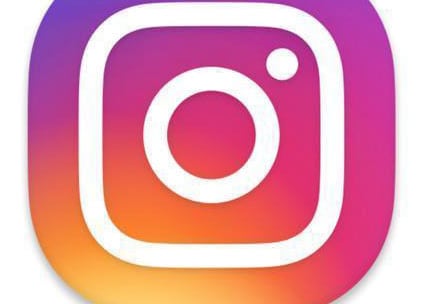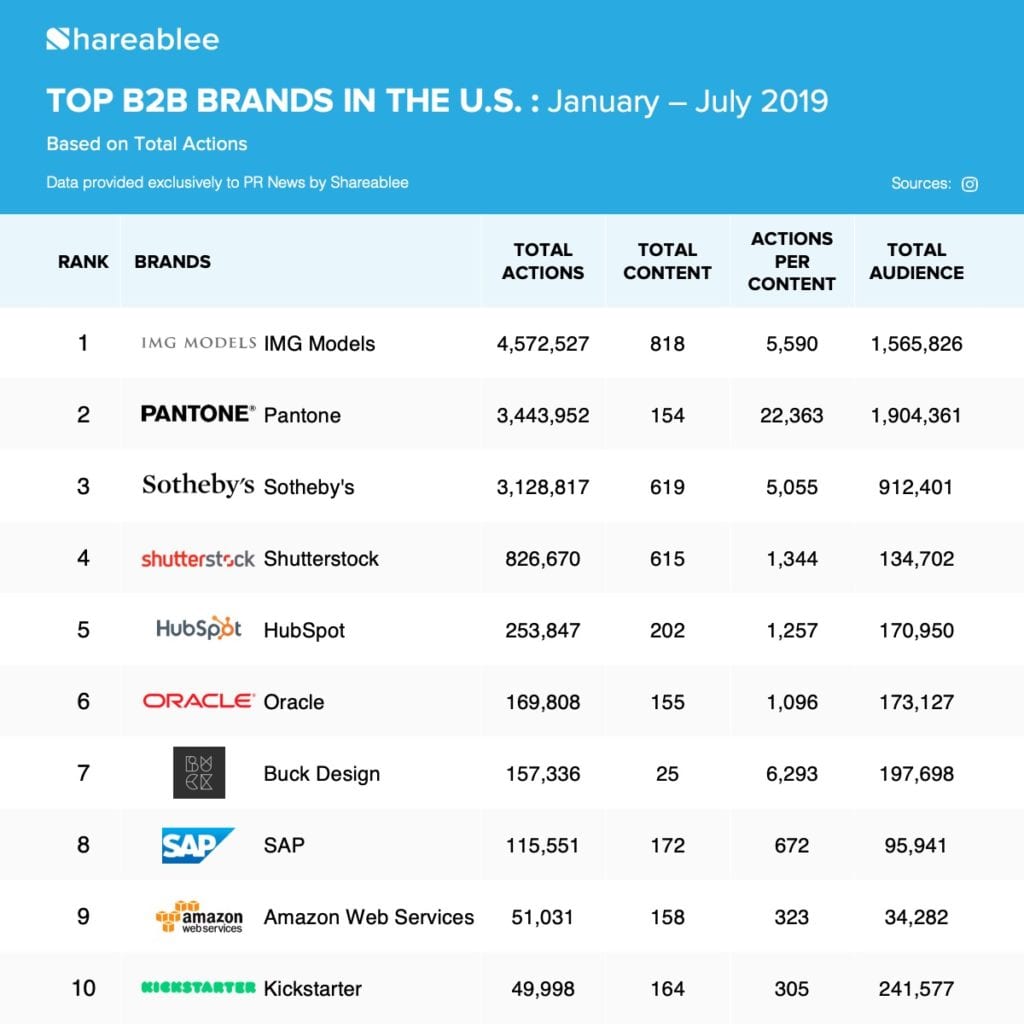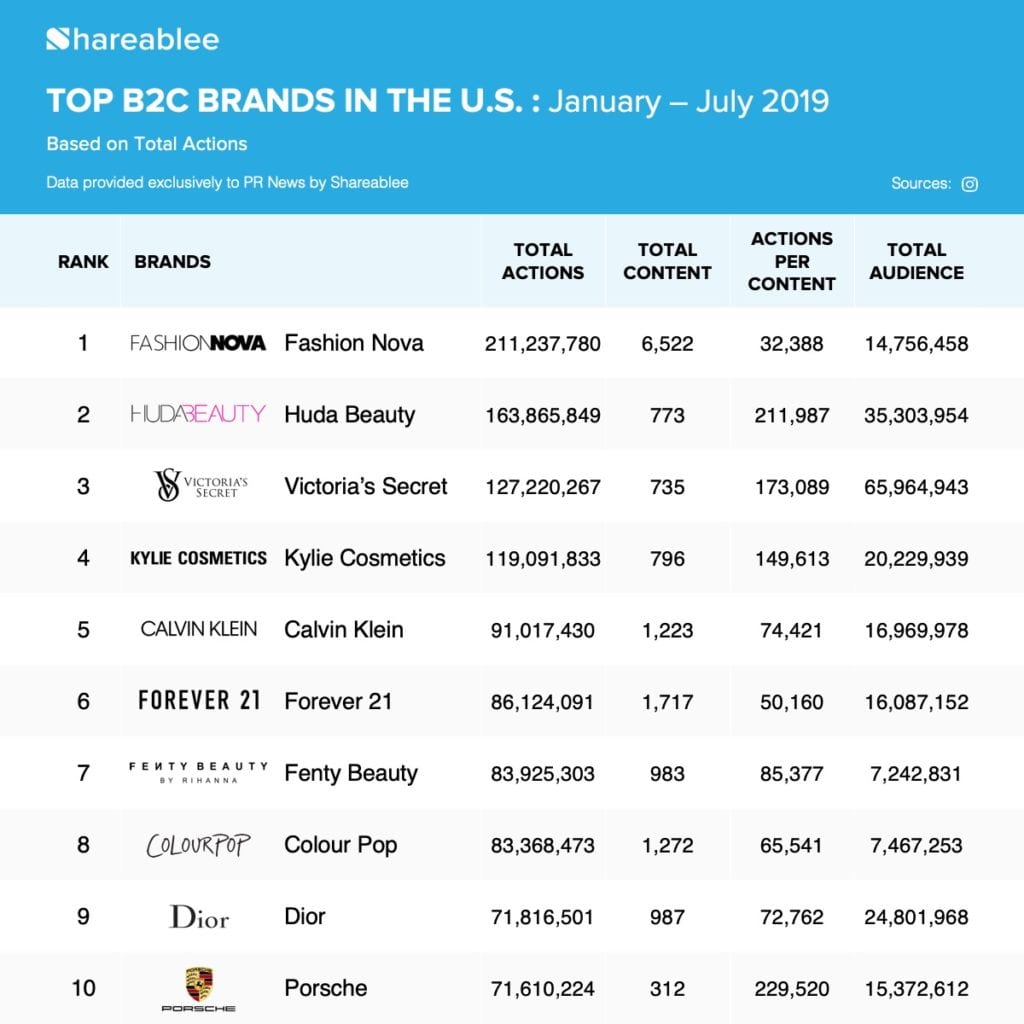
Instagram is growing like a mushroom. It doubled its active monthly users during the past two years, eclipsing the 1 billion mark in 2018. On top of that it has a relatively young demographic. With our webinar on Instagram Storytelling approaching Sept. 19, we’re throwing a curveball in this month’s Data Dive. Instead of looking at data from Facebook, Instagram and Twitter, we asked our data partner Shareablee to focus exclusively on Instagram. As always, it is providing this data exclusively to PRNEWS.
As you can see, the charts list the 10-most active B2B and B2C brands, respectively, on Instagram during the first half of 2019. We intentionally asked Shareablee to focus on brands and omit influencers and celebrity endorsers, as Instagram has become home to such activity.


Engagement Jump
One of the few pain points with Instagram is that the channel’s fast-rising popularity has resulted in intense competition between brands. There have been media reports that Instagram engagement is declining with the competition.
Yet data for top the 10 B2B brands registers a modest increase (9 percent) in consumer engagement vs. the same period in 2018, according to Shareablee marketing director Herman Chen. In these charts, consumer engagement, or comments and likes, is called “actions.”
Also on the upswing vs. the same period in 2018 was the amount of Instagram content the brands posted. It rose 23 percent year over year, Chen says.
Often in this space we comment on the efficiency of a brand’s posts, or the number of consumer actions per post. Look at the number two B2B brand Pantone. It averages some 22,000 consumer actions per post. By comparison, the top B2B, IMG Models,yields 5,600 consumer actions per post. IMG posted 818 times; Pantone posted 154 pieces of content.
An interesting note: Chen says the top 10 B2B brands produced only 9 percent of all Instagram content, but drove 52 of all consumer engagement. It’s clear quality counts.
B2C Sees Decrease in Engagement
The decline in consumer engagement mentioned above was seen in the top 10 B2C brands. As you’d expect, the sheer amount of consumer actions is far greater for the B2C brands than for the B2B entities. Still, the top 10 B2Cs experienced a 4 percent decrease in consumer engagement vs the same period in 2018. On the positive side, the number of posts rose nearly 20 percent during the period.
The B2C category includes the feast-or-famine nature of consumer engagement too. Here, the top 10 B2C brands produced just 2 percent of all Instagram content, but drove 22 percent of all consumer engagement for the whole category, according to Chen.
Knowing the heavy dose of influencers found on Instagram, it’s not surprising to see nine of the top brands in the chart belonging to the beauty and fashion sector. Only the luxury automaker Porsche resides outside the beauty and fashion categories.
CONTACT: herman@shareablee.com
